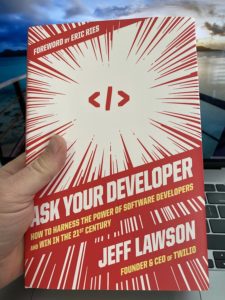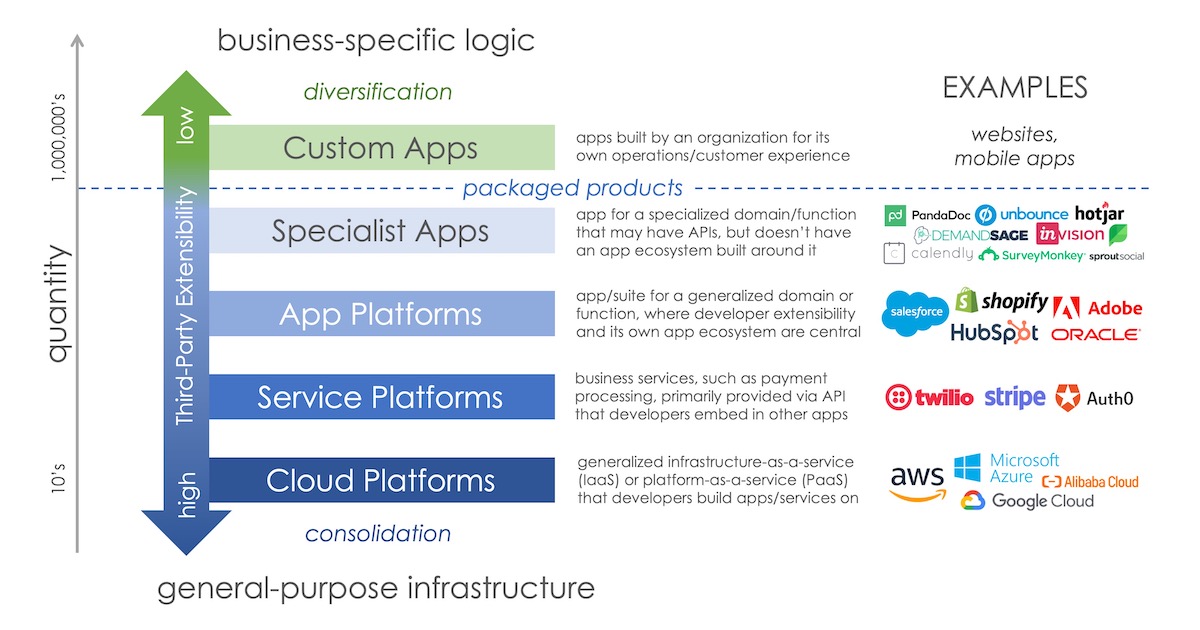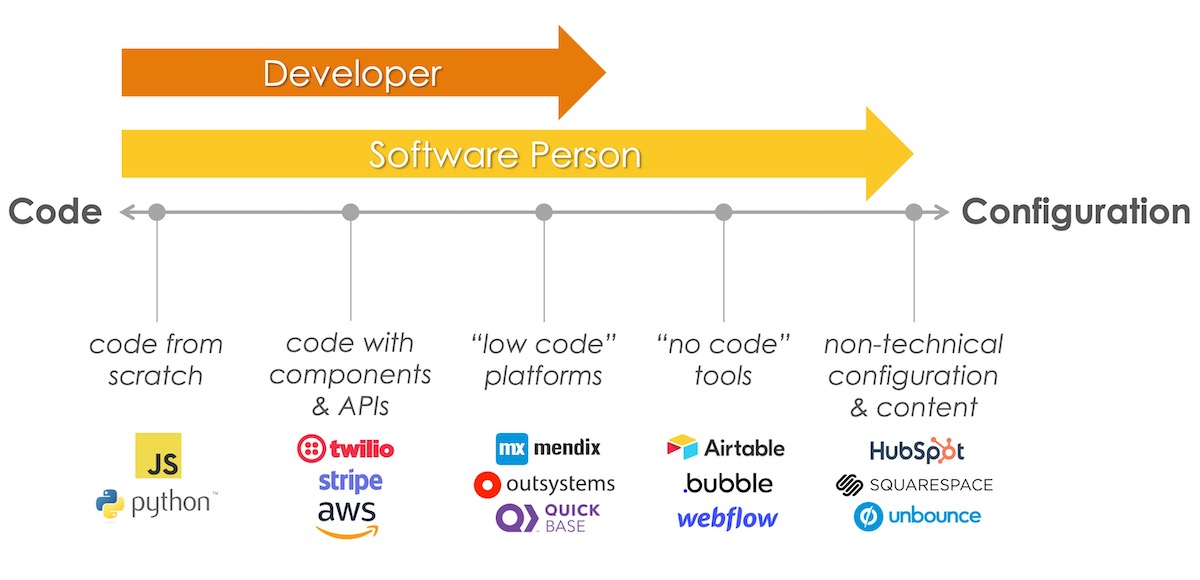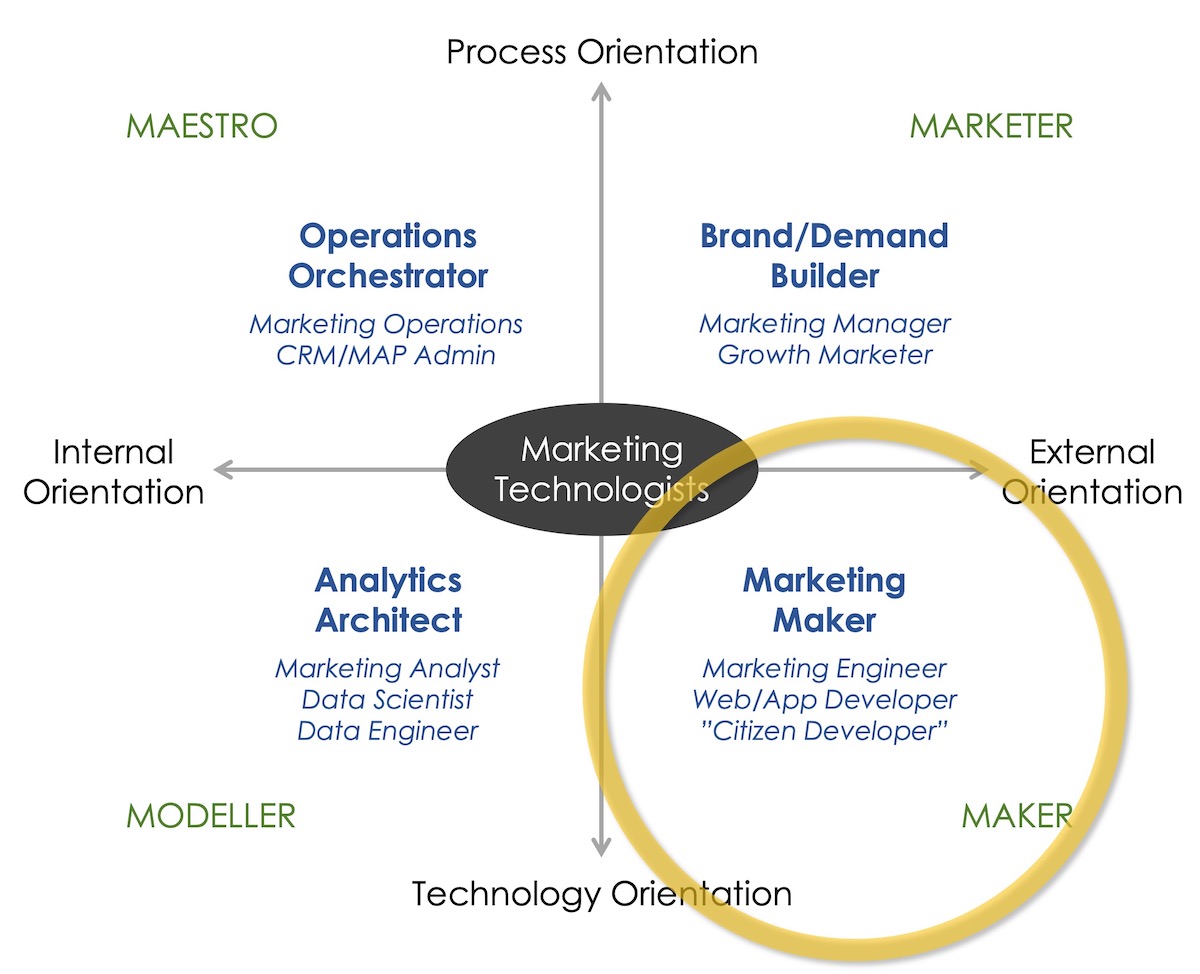Hot off the presses, I just read Ask Your Developer: How to Harness the Power of Software Developers and Win in the 21st Century by Jeff Lawson, founder and CEO of Twilio. It is, by far, the best book I’ve read explaining the real dynamics of modern software to business executives.
The core premise: in a digital world, every company is a software company. Which means every company must get really good at building software. Which means every company needs to understand how to harness the power of developers.
Why? Because it’s through software that a company shapes its customer experience. And to have a differentiated customer experience, you can’t buy it entirely off-the-shelf. You must bring your own elements of originality to the market to compete. Even if your core product or service isn’t digital, it’s through software that you can outsmart your competitors in your back-office processes and out-delight them in your front-office touchpoints with customers.
Jeff nails this with a quote from an all-hands meeting, when he was a product manager at Amazon, where Jeff Bezos declared, “Amazon is not a retailer. We’re a software company.”
Jeff shares a number of examples of how innovative companies like Casper, Square, and Tesla disrupted “traditional” products in their respective categories primarily through software. He also shares a number of delightful anecdotes of companies you probably haven’t heard of, from his early years as a developer-entrepreneur, using software as a way to compete in businesses ranging from university lecture notes to an extreme sports retailer.
It helps you get in the mind of what he calls a “Software Person.” More on that in a bit.
Now, this doesn’t mean that every company needs to write all their software from scratch. That would be a colossal waste of time, and most of that work would not engage the imagination of developers — which is key to real digital innovation.
Instead, smart developers — and the businesses who love them — stand on the shoulders of giants by leveraging the incredible universe of cloud platforms and services as building blocks.
AWS is the granddaddy of such cloud platforms. Twilio provides a higher layer of API services for communications and email (and, with their recent acquisition of Segment, customer data routing). App platforms with deep APIs, like HubSpot and Salesforce in the martech world, deliver even higher-level building blocks, such as a foundational, open CRM.
On top of all these pre-fab components and app platforms, companies can quickly build the layer of operations logic and customer experience that is unique to their business.
Jeff calls all these underlying building blocks your “digital supply chain.”
The above “stack” illustrations are mine. I’ve been writing a lot about this phenomenon and its implications for marketing over the past year. See Platform Dynamics Driving Martech App Expansion and Consolidation Explained in One (Relatively) Simple Model, How Platform Dynamics Explain The Second Golden Age of Martech, and Martech 2030 Trend #3: The Great App Explosion. I think they reflect Jeff’s digital supply chain model quite well, and I take that as affirmation of their validity.
A good portion of the rest of the book is dedicated to recommending ways that executives can effectively attract and engage developers in their company. (Jeff’s #1 piece of advice? Share problems, not solutions. Don’t dictate specs. Empower developers to apply their own creativity to the best way to solve a challenge.)
But there’s another important concept that Jeff introduces: the notion of a Software Person.
A Software Person asks the question: “How can software solve this problem?” He or she is continually looking for opportunities of digital leverage. Obviously, developers are Software People. But you don’t necessarily have to be a developer to be a Software Person.
If you’re a marketer who is willing to think creatively about how to apply software in your business and industry, you’re a Software Person. (Paging all marketing technologists.)
Now, here’s where things get even more interesting. Although Jeff doesn’t talk about it much in his book, I can’t help but connect the dots with the movement of “No Code” Citizen Creators and the tools that enable them.
You don’t have to be a developer to use Airtable, Bubble, Webflow, or Zapier. If you’re a Software Person, who can picture a lightweight digital app or workflow that you desire… you can just build it yourself.
You’ll still want developers to create more advanced software — and there will be plenty that can be built. But you can self-serve an ever larger number of digital ideas without being a developer yourself. Jeff lauds the power of experimentation in his book (“every big idea starts small”), and “no code” capabilities unlock that power for everyone in the organization who’s willing to think like a Software Person.
While everyone in marketing can benefit from adding these skills to their repertoire, I’d give a particular shout-out to “marketing makers” who are building customer-facing experiences. In many ways, Ask Your Developer is a celebration of what you do.
One last point from the book that I’ll leave you with: code is creative.
The popular stereotype of developers as purely left-brain automatons is bunk. Jeff argues that “writing software is more similar to making music or writing a book than it is to doing math or science.” I couldn’t agree more vigorously. (This was one of the key points of my 2014 e-book, A New Brand of Marketing: The 7 Meta-Trends of Modern Marketing as a Technology-Powered Discipline.)
Marketing is a creative discipline. Software development is a creative discipline.
The intersection of the two is an opportunity to change the world.







